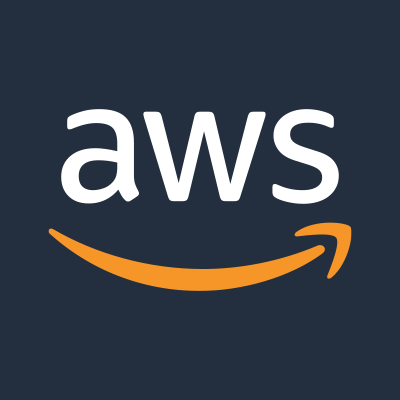Mock sample for your project: Amazon CloudDirectory API
Integrate with "Amazon CloudDirectory API" from amazonaws.com in no time with Mockoon's ready to use mock sample
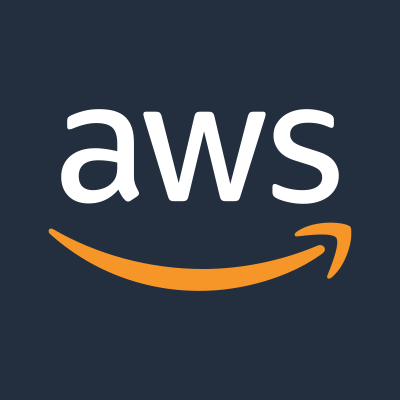
Amazon CloudDirectory
Version: 2017-01-11
Speed up your application development by using "Amazon CloudDirectory API" ready-to-use mock sample. Mocking this API will help you accelerate your development lifecycles and allow you to stop relying on an external API to get the job done. No more API keys to provision, accesses to configure or unplanned downtime, just work.
Enhance your development infrastructure by mocking third party APIs during integrating testing.
Description
Amazon Cloud Directory Amazon Cloud Directory is a component of the AWS Directory Service that simplifies the development and management of cloud-scale web, mobile, and IoT applications. This guide describes the Cloud Directory operations that you can call programmatically and includes detailed information on data types and errors. For information about Cloud Directory features, see AWS Directory Service and the Amazon Cloud Directory Developer Guide.
Other APIs by amazonaws.com
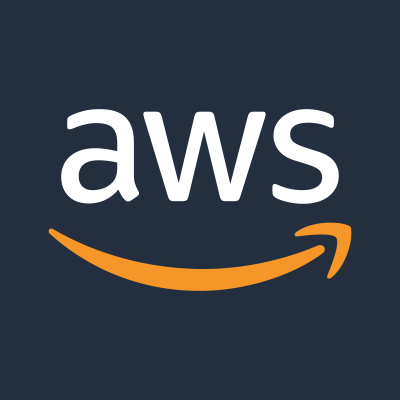
AWS Elemental MediaStore Data Plane
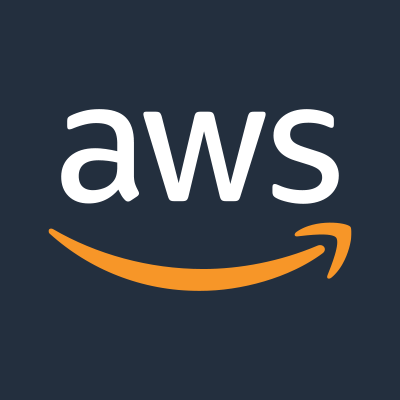
AWS Outposts
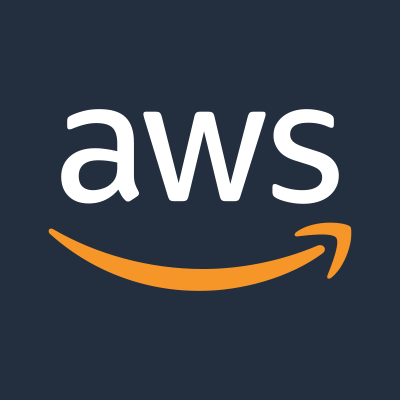
Amazon Redshift
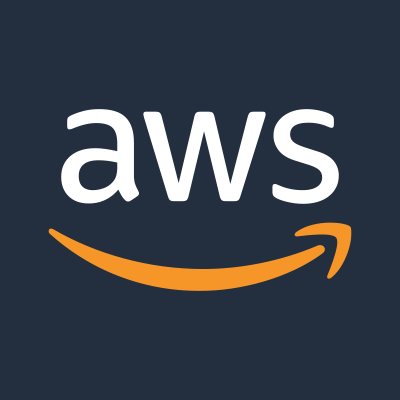
Amazon QuickSight
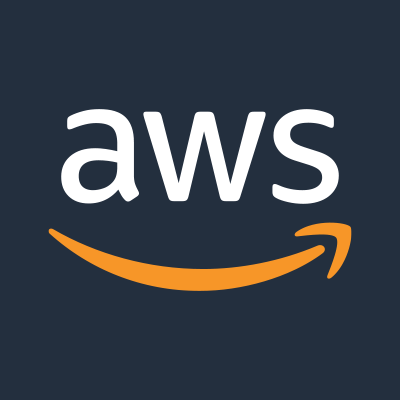
Amazon Relational Database Service
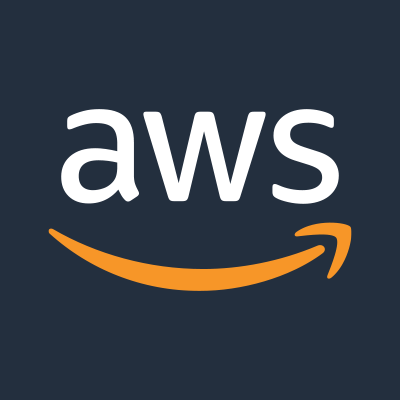
Amazon Mobile Analytics
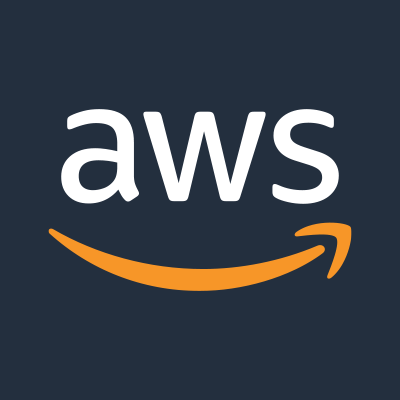
Amazon Pinpoint SMS and Voice Service
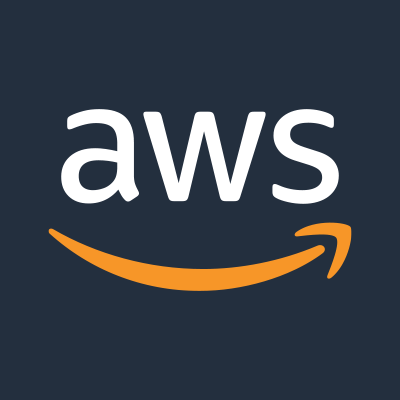
AWS SSO OIDC
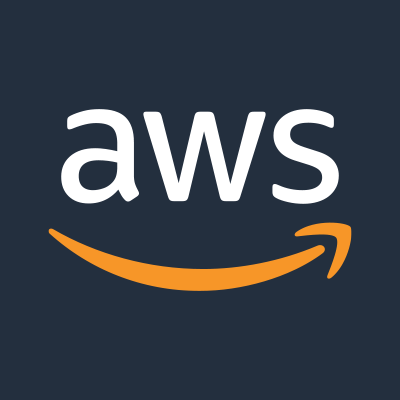
AWS Systems Manager Incident Manager
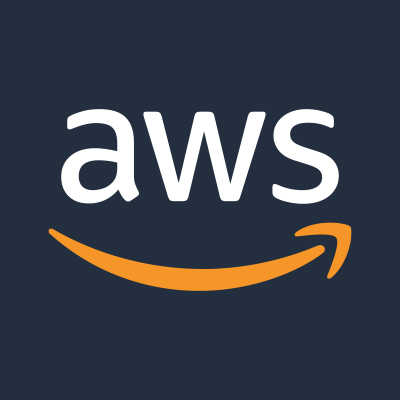
Amazon MemoryDB
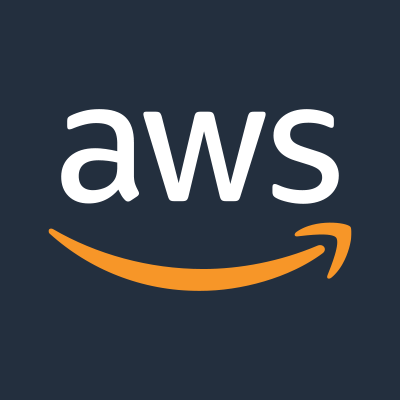
Amazon QLDB Session
Other APIs in the same category

Amazon Simple Systems Manager (SSM)

AutomationManagement

AutomationManagement

AutomationManagement
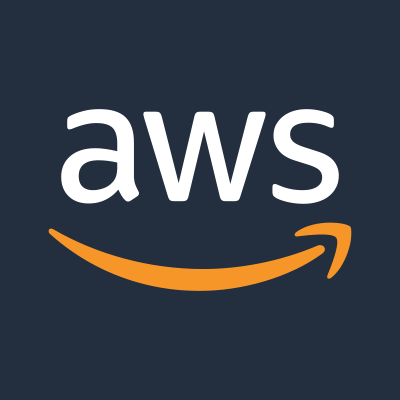
Amazon Simple Queue Service
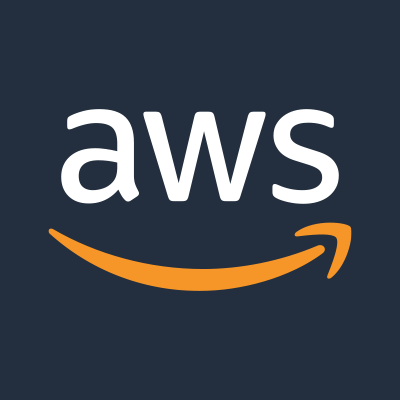
Amazon WorkSpaces
